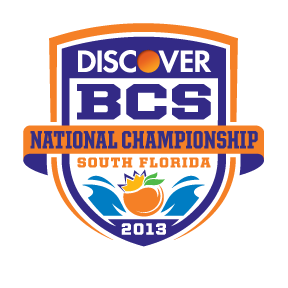-- an old Polish proverb
"Never let empirical data get in the way of a good theory."
-- an even older Polish proverb
What you may not know is that there are absolutely no data supporting this claim. An investigative reporter from the Washington Post found that the Denver psychologist had never shown her data to anyone (and still hasn’t), and the other studies cited by the women’s groups in the original news conference did not support the claims that they made. Consequently, the Boston Globe retracted the story a few days later. A blow-by-blow account of what happened can be found in Christina Sommers book, (“Who Stole Feminism?") and the citations to the articles, etc. can be found in the book's endnotes. Here are a few pertinent facts:
- January 28, 1993 (Thursday) – News conference called by a coalition of women's groups announcing that anecdotal evidence suggests that Super Bowl Sunday is "the biggest day of the year for violence against women." It was also reported that Old Dominion University had conducted a study that had found that police reports of beatings and hospital admissions in northern Virginia rose 40% after games won by the Redskins during the 1988-1989 season.
- January 29, 1993 (Friday) – Denver psychologist Lenore Walker claimed on "Good Morning America" to have compiled 10 years worth of data showing a sharp increase in violent incidents against women on Super Bowl Sundays.
- January 30, 1993 (Saturday) – Article in the Boston Globe reports that women's shelters and hotlines are "flooded with more calls from victims on Super Bowl Sunday than on any other day of the year." She noted that one study of women's shelters in the West showed a 40% increase in calls on Super Bowl Sundays.
- January 31, 1993 (Super Bowl Sunday) – NBC broadcasts Super Bowl game and makes a special plea for men to remain calm, broadcasting a public service spot reminding men that domestic violence is a crime. CBS and Associated Press called Super Bowl Sunday a "day of dread."
- January 31, 1993 (Super Bowl Sunday) – While most newspapers and other media outlets took the story at face value, Ken Ringle of the Washington Post actually called around to check on the story's sources and exposed the claims as a myth. He asked Janet Katz, professor of sociology at Old Dominion, who was one of the principal investigators of the study about the connection between violence and football, and she said “That's not what we found at all.” Instead, they found that an increase in emergency room admissions “was not associated with the occurrence of football games in general.”
- January 31, 1993 – Ringle also called the reporter of the Boston Globe article to find out where she got her information. She said she never saw the study but had been told of it by a representative from FAIR (Fairness and Accuracy in Reporting – a media watchdog group that fell down on the job in this case). FAIR then told Ringle that the authority for the 40% figure was Lenore Walker (see above), who in turn referred him to Michael Lindsay, another Denver psychologist, who admitted that he had never seen any data supporting the 40% figure. More to the point, Lenore Walker refused to release the data on which she based her claim, saying she doesn't use data for public consumption.
- January 31, 1993 – Dallas Cowboys defeat the Buffalo Bills 52-17 at Rose Bowl Stadium in Pasadena, CA
- February 2, 1993 – The Boston Globe retracts its January 30th article in a story by Bob Hohler, who quotes several psychologists/counselors who said they didn’t believe the 40% figure when they heard it. He concluded, “Despite their dramatic claims, none of the activists appears to have any evidence that a link actually exists between football and wife-beating.”
- May 1993 – A separate investigation by the American Journalism Review concludes there were no data to support the 40% figure although it did take exception to Ringle’s selective use of quotes out of context.
Why a handful of people thought it necessary to make all this up is a question for another time. For now, enjoy the game (and go Niners!)












